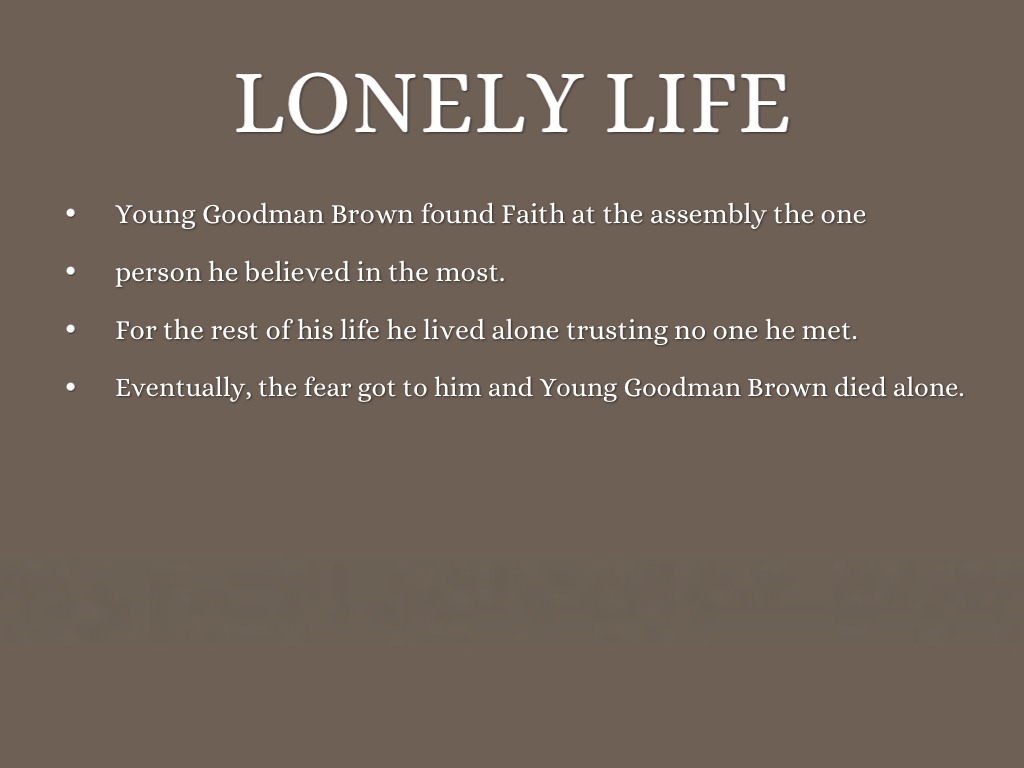In a world where vulnerability often meets with harsh judgment, the concept of dry begging emerges as a nuanced way of expressing one’s needs without overtly asking for help. This subtle art form can be challenging to navigate, as it involves a delicate balance between expressing a need and maintaining dignity. Many individuals engage in dry begging, often without realizing it, as they seek support from their friends, family, or even online communities. This article will explore the various facets of dry begging, its implications, and how to recognize it in yourself and others.
Dry begging often manifests through indirect statements, hints, or veiled requests for assistance. It can stem from a variety of emotions including pride, fear of rejection, or the desire to avoid burdening others. Understanding this phenomenon is crucial in recognizing the underlying needs of those who might be engaging in dry begging. Furthermore, the societal stigma surrounding asking for help can lead individuals to resort to this subtler approach, leaving their true intentions obscured.
As we delve deeper into the concept of dry begging, we will address common questions, its psychological implications, and ways to foster open communication about needs and desires. By shedding light on dry begging, we hope to create a more supportive environment where individuals feel empowered to ask for help directly, rather than relying on hints and suggestions.
What is Dry Begging?
Dry begging can be described as the practice of indirectly seeking help or support without making a direct request. This behavior is often characterized by subtle hints or expressions of need that may not be explicitly recognized as a plea for assistance. For example, someone might post a vague status on social media about having a rough day, hoping that friends will reach out without actually asking for help. It’s a way of communicating distress without fully embracing the vulnerability that comes with asking for help outright.
Why Do People Engage in Dry Begging?
There are several reasons why individuals might resort to dry begging:
- Pride: Many individuals find it difficult to ask for help directly due to a sense of pride or fear of being perceived as weak.
- Fear of Rejection: The anxiety of being turned down or dismissed can deter people from making explicit requests.
- Desire to Avoid Burdening Others: Some may feel that asking for help would place an undue burden on their friends or family.
- Uncertainty: A lack of clarity about what kind of help is needed can lead to indirect requests.
How Can You Recognize Dry Begging?
Recognizing dry begging can be challenging, but there are common signs:
- Vague statements about personal struggles.
- Innuendos or hints about needing support.
- Use of humor or sarcasm to mask a request for help.
Is Dry Begging Harmful?
While dry begging may seem harmless, it can have negative implications for both the person seeking help and those around them. For the individual in need, it can lead to feelings of isolation and frustration when their hints go unacknowledged. For friends and family, it can create confusion and strain relationships as they may not understand the underlying need for support.
How Can We Support Those Engaging in Dry Begging?
Supporting someone who may be engaging in dry begging involves fostering open communication. Here are a few strategies:
- Encourage direct conversations about feelings and needs.
- Be attentive to subtle cues and check in regularly.
- Create a safe and non-judgmental space for discussing struggles.
Should We Address Dry Begging Directly?
Addressing dry begging can be a sensitive topic. It’s essential to approach the conversation with compassion and understanding. If you notice someone exhibiting signs of dry begging, consider gently prompting them to share their feelings or needs more openly. This can create an opportunity for honest dialogue and strengthen the relationship.
What Are the Psychological Implications of Dry Begging?
Engaging in dry begging can reflect deeper psychological issues, such as anxiety, low self-esteem, or a fear of vulnerability. It’s important to recognize that the behavior often stems from a place of discomfort. Addressing these underlying issues can help individuals develop healthier communication strategies and feel more comfortable seeking help when necessary.
Can Dry Begging Be Overcome?
Yes, overcoming dry begging is possible with conscious effort. Here are some steps individuals can take:
- Practice self-awareness to identify when they are hinting at needs.
- Work on building self-esteem and confidence in asking for help.
- Engage in open conversations with trusted friends and family about the importance of direct communication.
Conclusion: Embracing Vulnerability
Understanding dry begging is crucial in creating supportive environments where individuals feel safe to express their needs. By recognizing the signs and underlying emotions associated with dry begging, we can foster open communication and encourage those around us to seek help directly. Ultimately, embracing vulnerability can lead to stronger relationships and a more connected community.
You Might Also Like
Maggie Haberman's Wedding Photos: A Glimpse Into Her Special DayUnraveling The Life And Legacy Of Brandon Dale Biggs
Unveiling The Life And Journey Of Emily Ruth Black
Understanding The Health Concerns Surrounding Chuck Todd
Lia Thomas: A Glimpse Into The Life Of Her Wife
Article Recommendations


